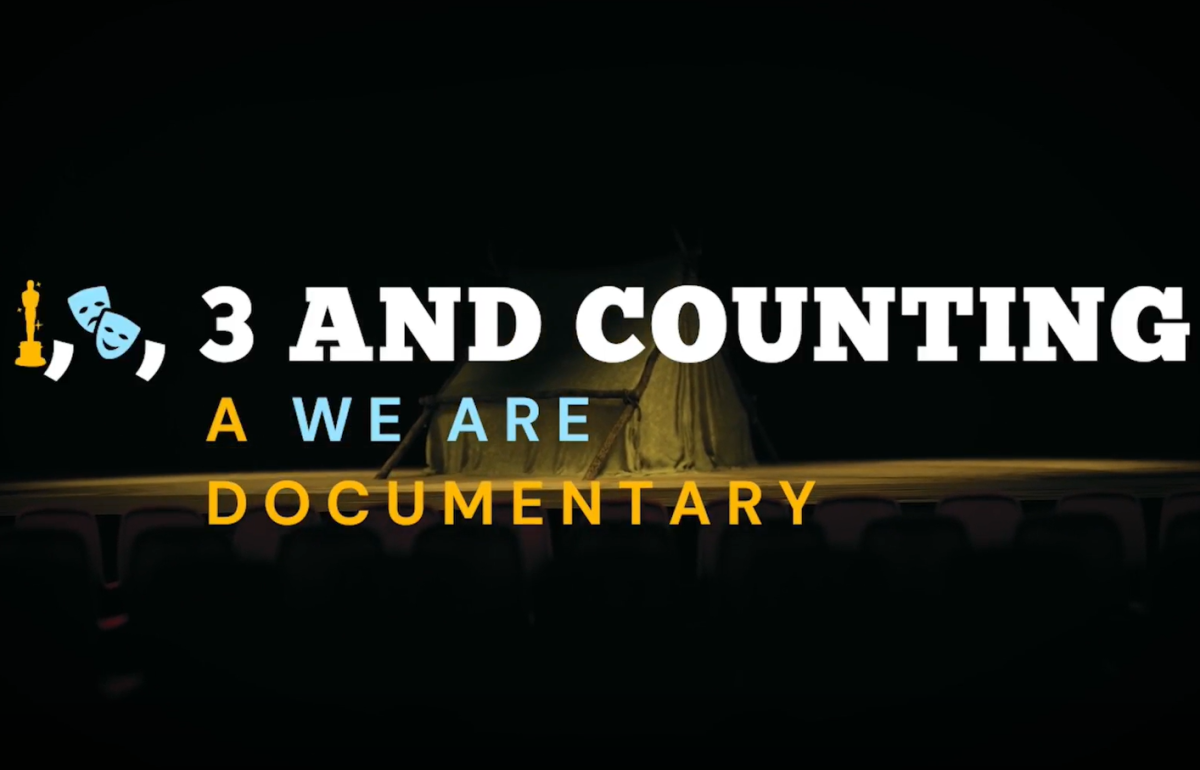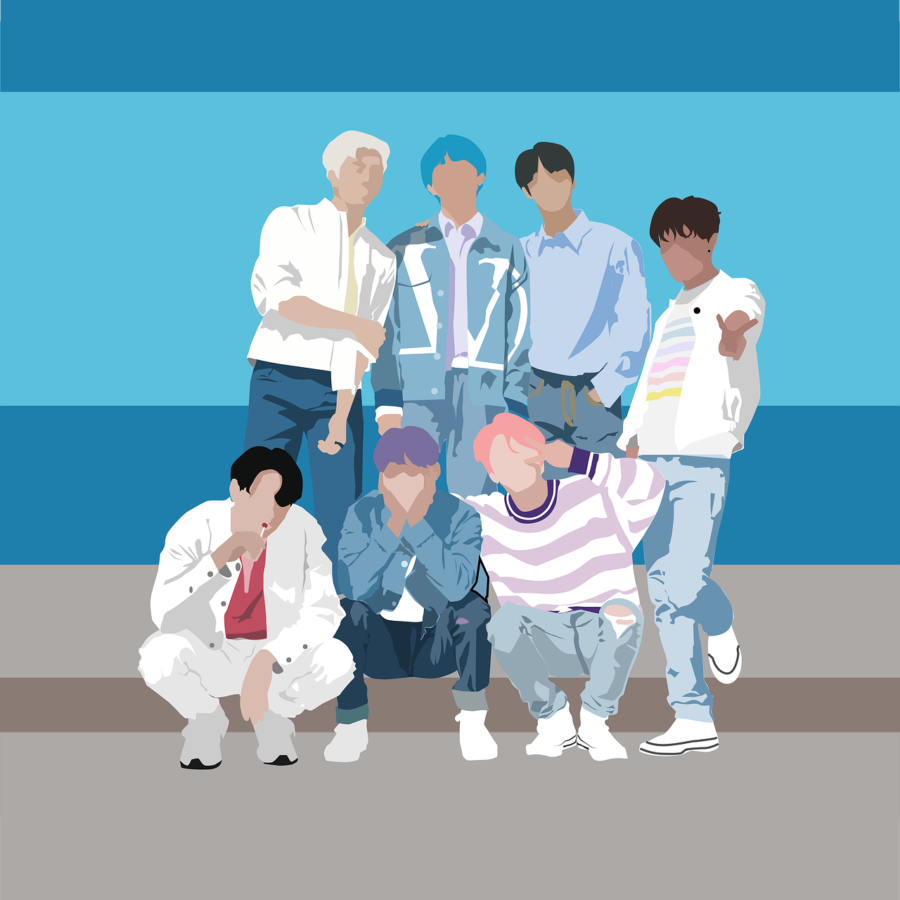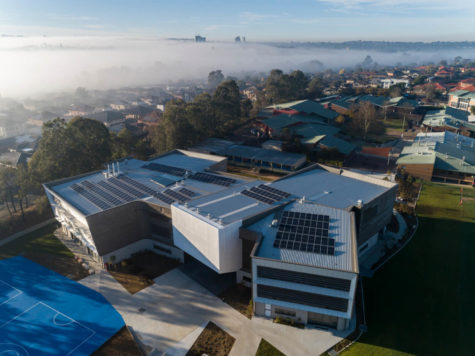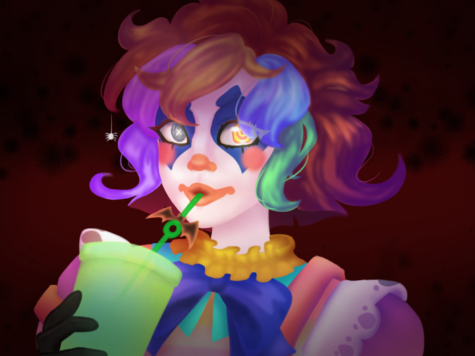A Dummy’s Guide to K-Pop
May 3, 2023
When you think of K-Pop, you might think of BTS or BLACKPINK (the world’s biggest K-Pop boy and girl group respectively), or you might have no clue.
But that’s ok!
As someone who’s liked K-Pop for a solid amount of time now, I am familiar with the language fans use, the content produced by various groups and companies, and that’s the general atmosphere of the industry can be kind of confusing and sometimes overwhelming. So, here’s what I’ve learnt as a K-Pop Stan, to hopefully get you interested too!
At its core, K-Pop is mainly like the Western music industry, with scheduled releases, music videos, songs and other content, but can be described as ‘manufactured.’ This isn’t an inherently negative thing; it just refers to the training system used to pick the members of a group and debut them.
Individuals audition for companies and enter a training process where they complete monthly evaluations to determine whether they continue under the company and make their way to debut. For some, this process could be a relatively short amount of time, which was the case for Jimin of BTS who only took several months to be recruited. Others could take multiple years, as was the case with Bang Chan of Straykids. The average time is between 2 and 4 years. In some cases, trainees may debut through what’s known as a survival show. In this case, contestants compete in a show to participate in a group, sometimes within a specific company, or a cross-company competition. Recent examples include Boys Planet, Girls Planet, and I-land.
When a group has been confirmed for debut or is likely to debut, they may release pre-debut songs or content, such as Enhypen, Xikers, or BabyMonster’s pre-debut content. Upon their official debut, they will release a single, mini-album, or full-length album and participate in a debut showcase.
Each group contains specific positions, seeking to strengthen the ability of the group to succeed. The so-called ‘lines’ are what each member specialises in, and within these lines are categories. The 3 lines are vocal, rap, and dance, which are then categorised into main, lead, and sub. The other key positions within the group are leader, centre, and visual. The leader, as the name suggests, is in charge of ensuring that the group meets the expectations of the company and looks after the other members’ wellbeing. The centre (or face) of the group generally stands (you guessed it) in the centre of the group during promotions or events and is often centred during choreography. The visual is the member who meets most of the Korean beauty standards. Also, the youngest member of the group is referred to as the Maknae, which just means youngest. So, for example, Kim Hongjoong of Ateez is the leader, main rapper, sub-vocalist, and centre (and composer).
The music style of K-Pop cannot be described as clearly as Western pop music may be. Albums can range from Straykids’ hip-hop and rock sounds to New Jeans’ R&B style music. As well as often being a hybrid of different music styles, songs are also in different languages, primarily Korean, Japanese, English and Chinese. For example, the Japanese Korean-based girl group XG performs in English, Japanese and Korean.
K-Pop groups generally release more content and music than Western artists do, having multiple ‘comebacks’ a year in some cases. A comeback refers to new releases from the group and often involves new concepts for the members, which is why group music may sound very different in each album or mini album.
Other content featuring the idols includes a variety of TV show appearances, live TV performances on platforms such as Music Bank and M Countdown, and Web series’ such as Run! BTS or SKZ Code, WeVerse lives, fan meetings, album signings, tours and more. The abundance of content released is one of the reasons K-Pop is so engaging.
Another aspect of K-Pop that makes it unique, is the fandom culture. Fans pride themselves on belonging to specific fandoms, and each fandom has its own name, generally an official colour, and often what’s known as a Lightstick. Lightsticks are specifically designed for each group, and feature designs relating to their concept, fandom name, colour, or overall message. For example, Ateez’ fandom is called Atiny (mixing Ateez and Destiny), and the lightstick is called Lightiny, featuring a compass. This compass is a reference to their debut song, Pirate King.
Similarly, merchandise such as albums is a big part of K-Pop fan culture, including the buying, selling, and trading of photo cards. Photocards are inclusions of albums and are randomised based on the album, album version, and members of the group.
Events such as concerts, dance events, covers, cover competitions, and cup sleeves also make up a huge part of K-Pop fandom culture and can be super fun to attend. I’ve met countless people through these sorts of events and have had lots of fun participating in such things that are reflective of my interest in K-Pop.
So, even if K-Pop is not for you, hopefully, you’ve learnt a little bit more about the music which is taking over the world.













